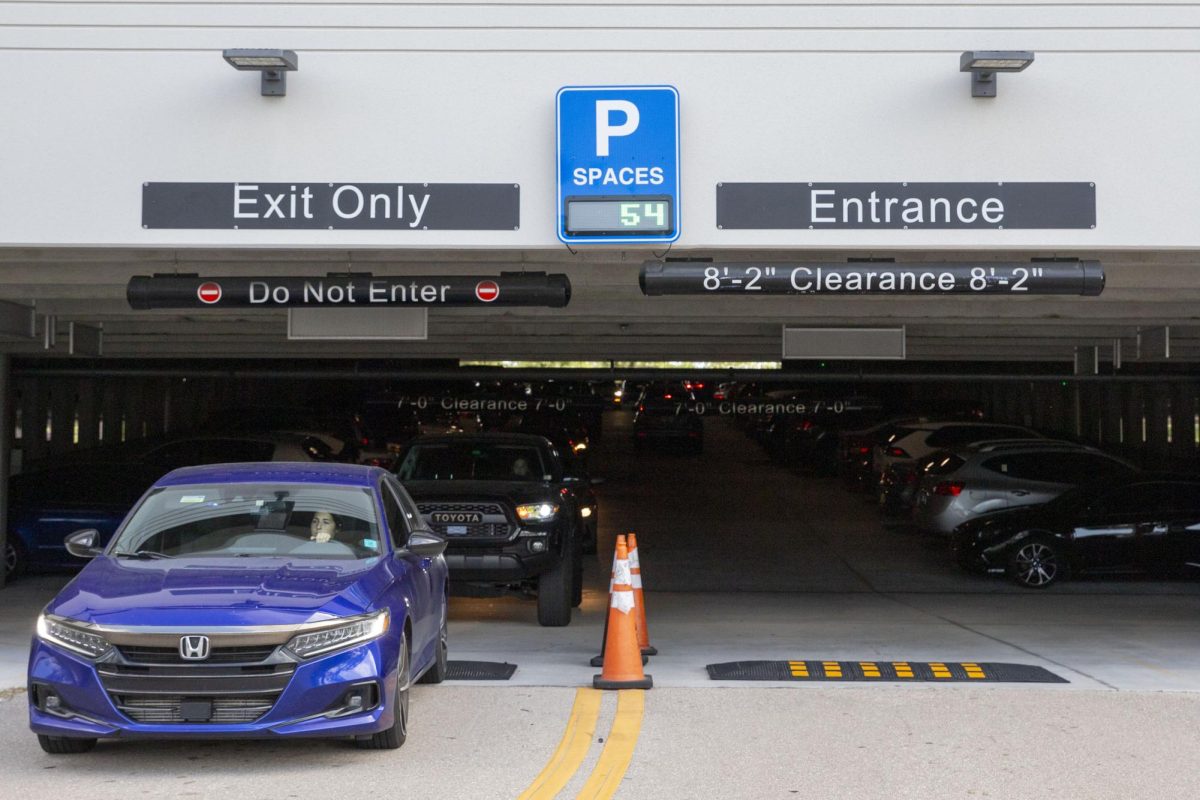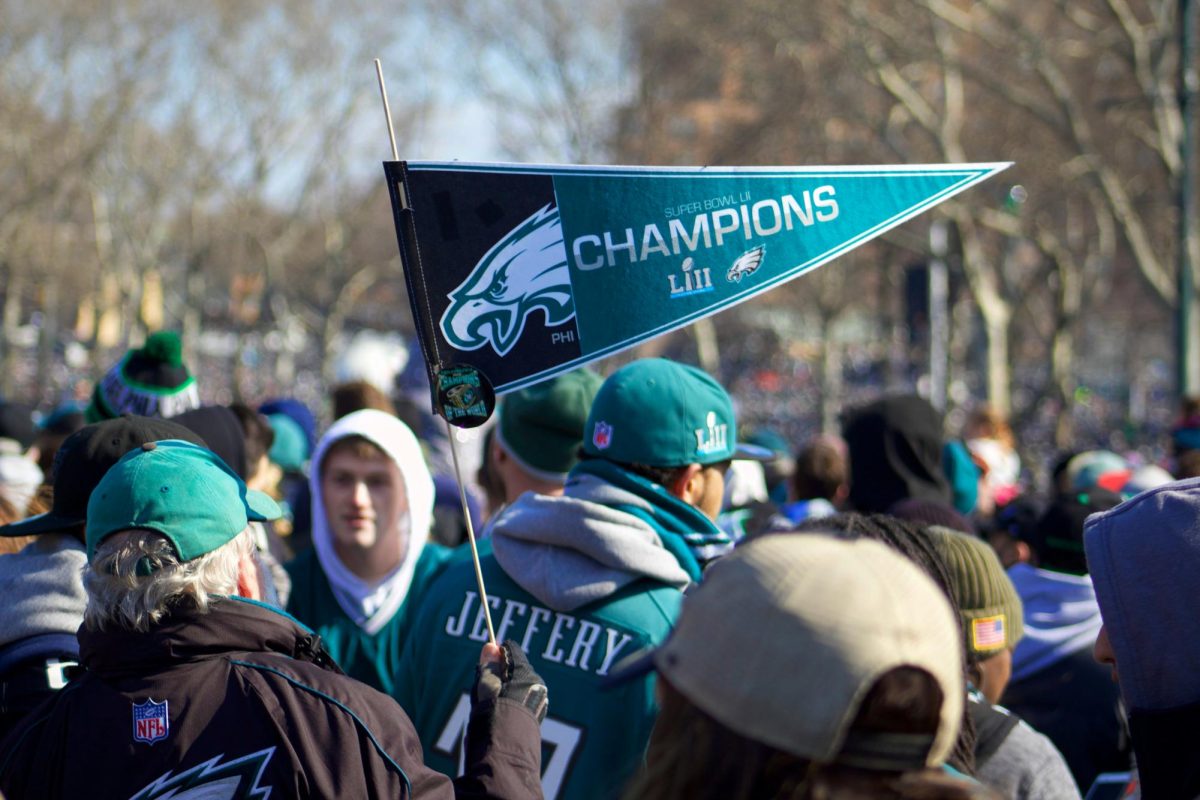New York Times will be the only paper returning to campus this year
The Collegiate Readership Program, which provided Florida Gulf Coast University with the New York Times, USA Today and The News-Press, has been absent from campus since last spring, and Student Body President Juan Cubillo said people have noticed. According to Student Government, it will be coming back, but not how students remember it.
“I knew there was some demand (for the readership program) and people would come up to me when they saw it missing,” Cubillo said. “I got emails, phone calls, and voice mails from professors and students. I also got Facebook messages and had personal conversations (about where the readership program went). Across the board everybody wanted it. I think everyone will be happy to have it back.”
According to Vice President Luis Vargas, Student Government wanted to have the deal made for a new readership program by Oct. 14, but missed that date. Now SG has agreed on a new plan to reinstate the readership program.
Every year the student body president requests a certain amount of money for each program on campus, and the appropriations chair allocates the amount he or she deems appropriate to that program. The budget is then voted on by student senate and passed or failed.
In previous years, the amount requested for the readership program was granted in full. The readership program was given $27,000 for the 2011-12 school year and $28,000 for the 2012-13 school year. According to the last year’s budget, former Student Body President Peter Cuderman requested $19,000 for the continuation of the FGCU readership program, severely decreasing the program’s budget. At the time, Cubillo was the appropriations chair and allocated $9,500 to the program, reducing funds even further from previous incarnations.
Cubillo explained that a committee facilitated the decision to allot the readership program $9,500 last year.
The budget was presented to student senate and passed.
On Oct. 10, the Student Government Facebook posted a “president’s update” explaining “the USA Today and New York Times newspapers that are usually on campus have been discontinued.” The post goes on to say continuing the contract would cost $14,000 a year, which SG found unreasonable.
SG has decided on a proposal that would allow electronic access to the New York Times to up to 100 students at a time and 100 physical newspapers to be distributed on campus each day, said to Vargas. Each paper will be provided to SG for $0.30. In total, this program would cut the cost to $5,452, according to Vargas.
Cubillo said the reason for the cut is both due to cost and the number of left over newspapers from previous years.
Despite the number of papers Cubillo said were left over, a New York Times representative confirmed to Eagle News that any remaining papers would be credited to the account that purchased the subscription.
“I think it will be beneficial if we do the print copies and online because if newspapers aren’t being taken, we’ll be reimbursed 100 percent,” Vargas said.
Until receiving this new proposal, Vargas was unaware of this factor.
“That’s something that the New York Times representative told me when I met with him two weeks ago. I had no clue (we would be reimbursed), and I just thought that we were spending $14,000 and losing money on the papers students didn’t pick up,” Vargas said.
When asked if SG had attempted to negotiate the $14,000 price to keep all three newspapers, Cubillo said, he was “sure Vargas had taken care of (negotiating the price).”
“That was something that Juan took care of. He was talking to the lady in charge of our account, and we just said it was simply too much money… So I’m not sure how they handle that,” Vargas said when asked about the negotiations. “It was sent through email, and Juan just said that it was too much money and that we were going to (agree to a contract) if they gave us a nice deal with online subscriptions and then we never heard back from them, I believe.”
Vargas confirmed that this new readership program would not include USA Today or the News-Press.
Numerous Florida universities provide readership programs to their campuses. In 2006, Florida A&M University, Florida Atlantic University, FGCU, Florida State University, Jacksonville University, New College of Florida, University of Florida, University of Miami and University of North Florida were listed as members of the USA Today Collegiate Readership Program as a part of its newsletter. Since then, Florida International University and University of South Florida have both joined the list.
In 2010, FIU reported that it had cut back its readership budget from around $60,000 for its two campuses to $9,000 and decreased its circulation from 500 papers to 250. This included free online subscriptions.
University of Florida has encountered problems keeping its readership programs afloat, as well. In May of this year, The Independent Florida Alligator reported that delivery of USA Today and the New York Times had been suspended due to an outstanding debt of $30,000.
The contract for the 2012-13 year cost UF $66,590, according to The Independent Florida Alligator.
For now, FGCU will continue to get the news but only from the New York Times.
“I think this paper has as many resources as the other ones. There’s daily news and you can have access to databases back to the 1800,” Vargas said. “The deal that (The New York Times) is giving us is pretty good.”





























